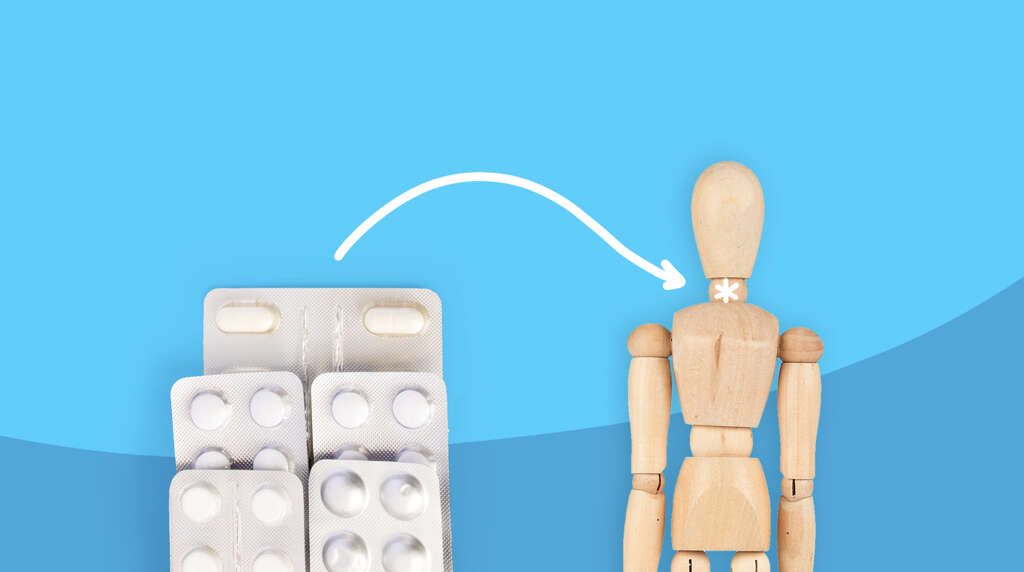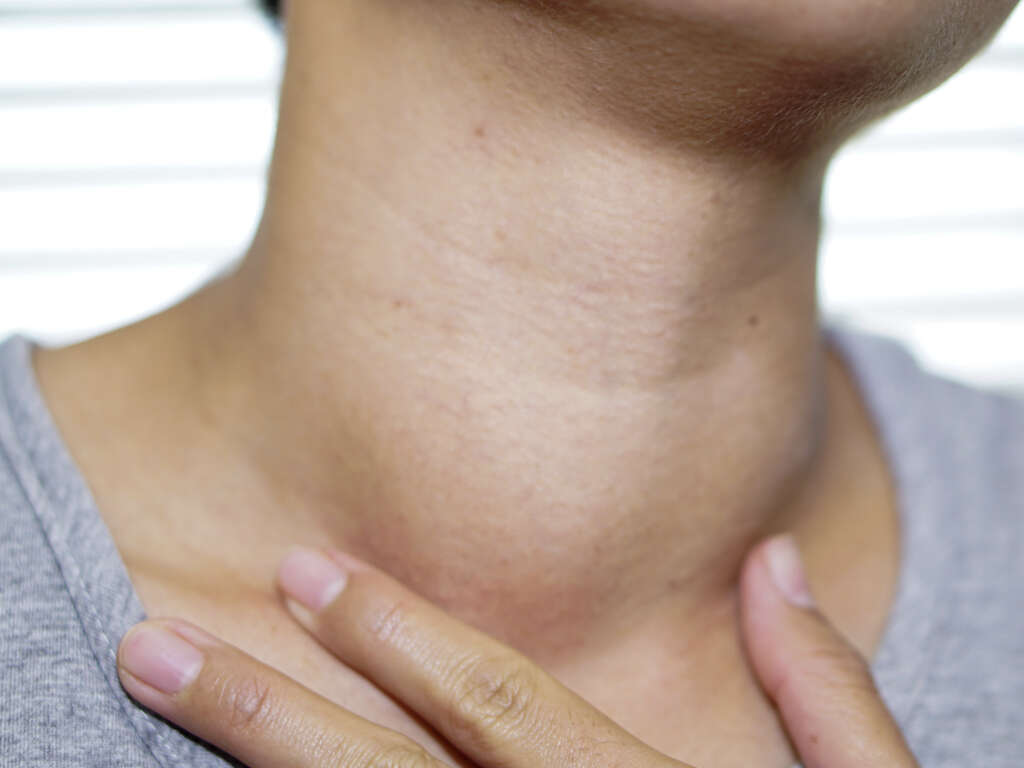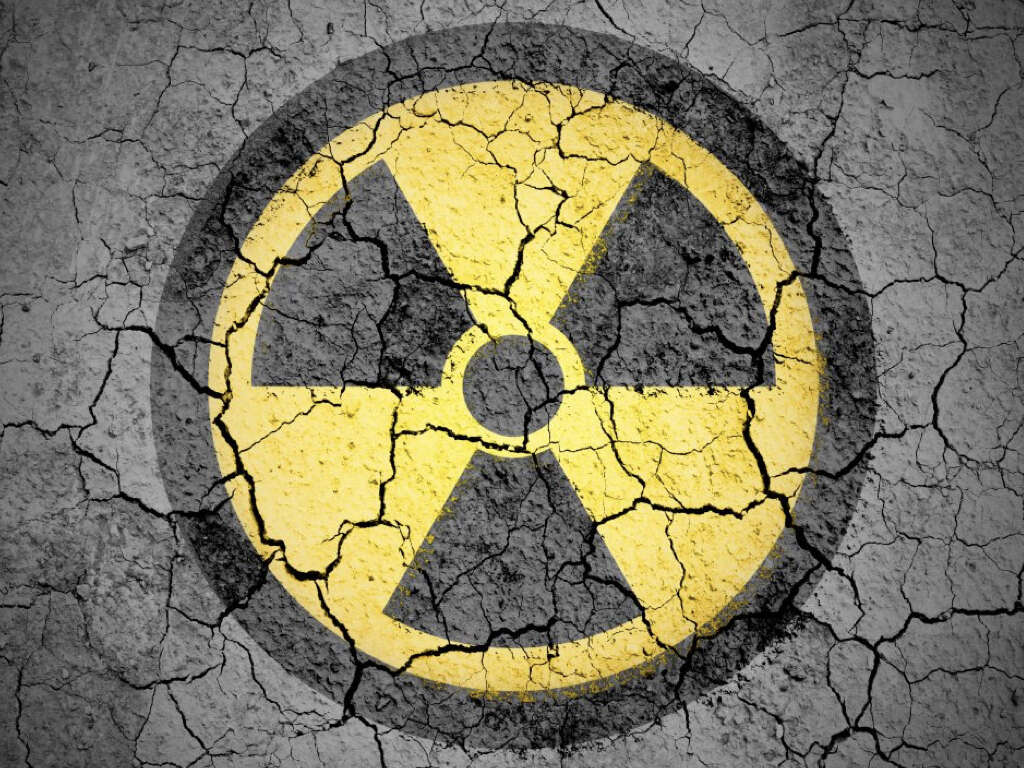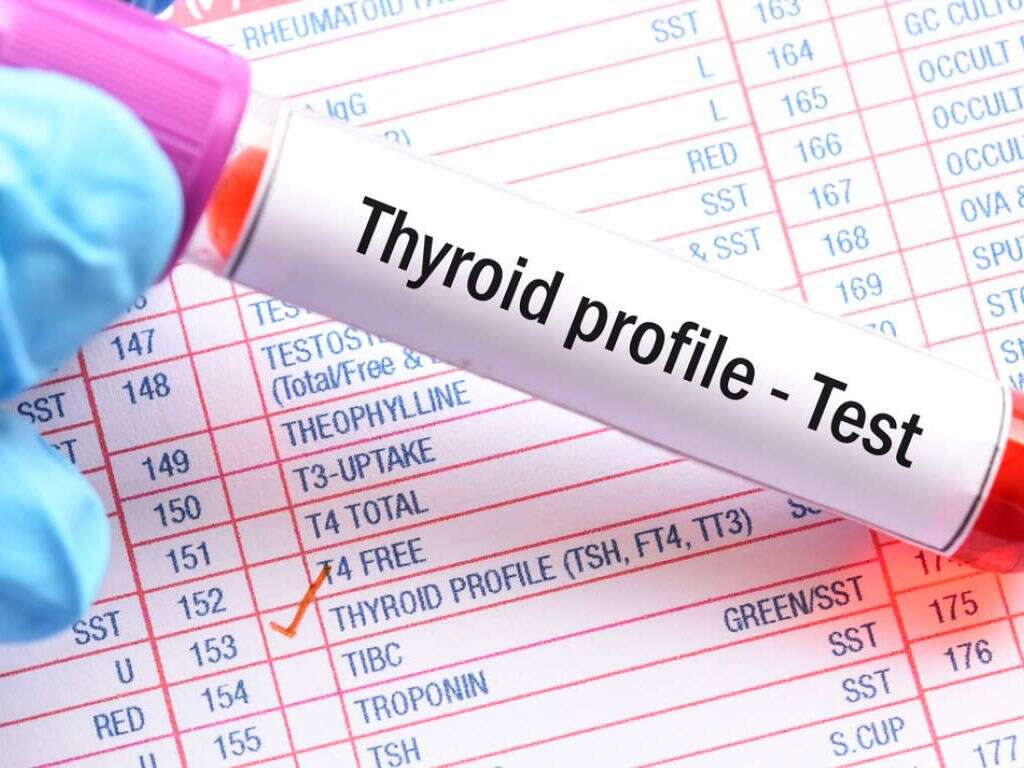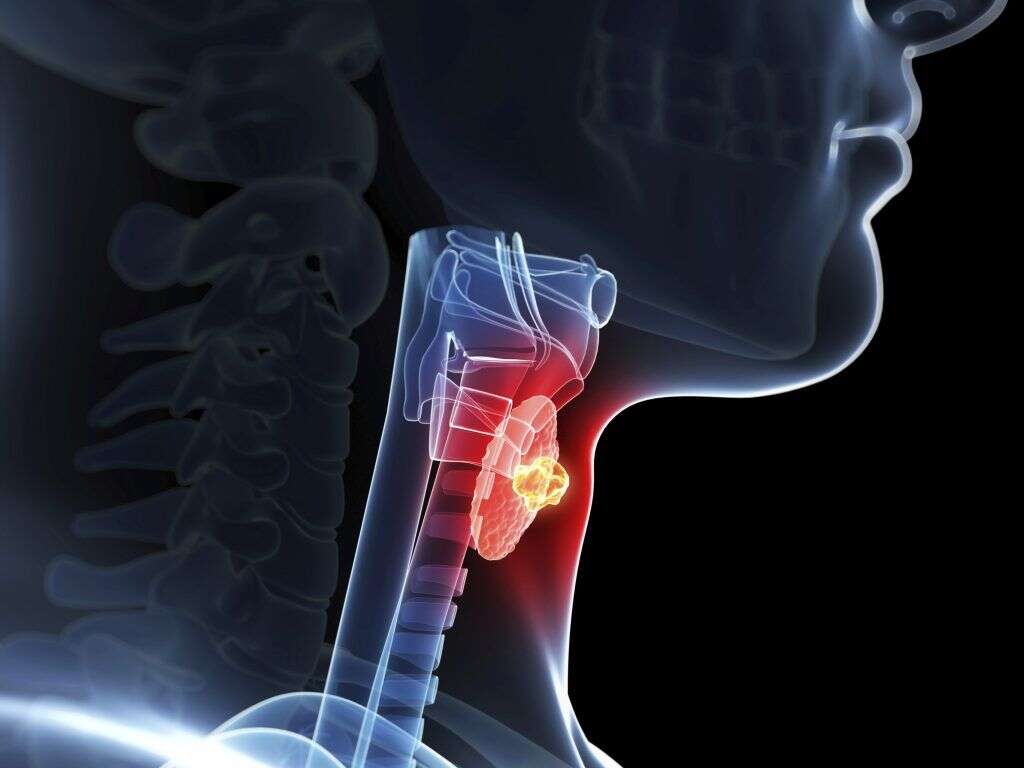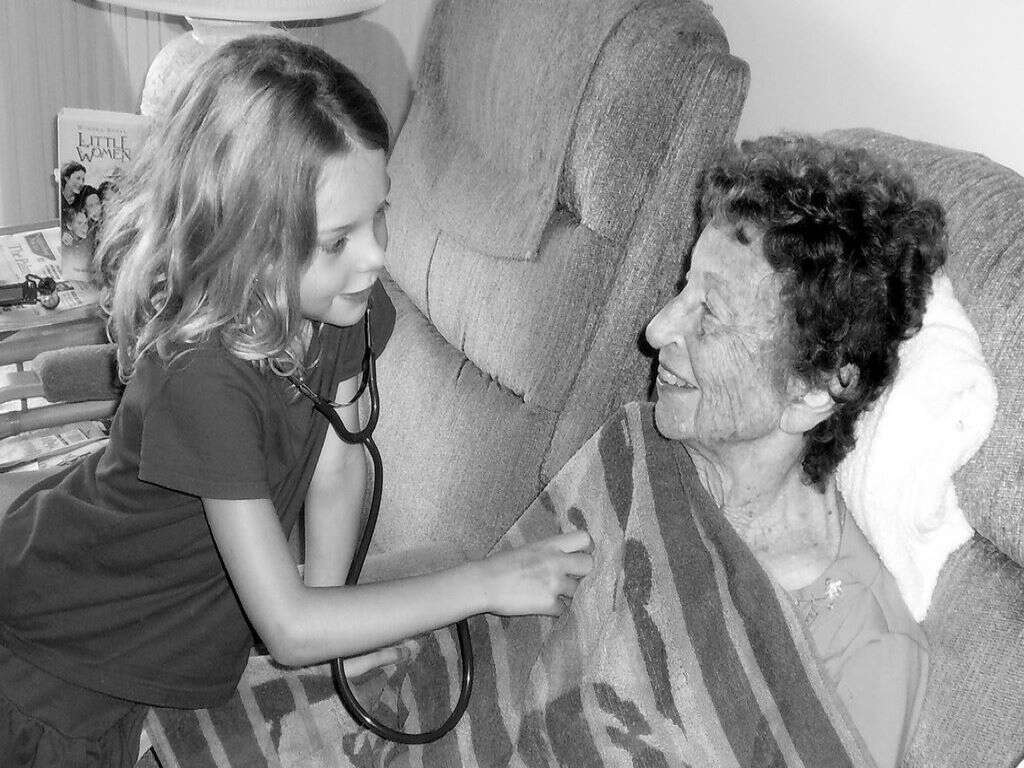What Is Myxedema?
Hormones are chemicals that help ensure that various parts of our body are working as they should be. They help to ensure that we are digesting our food, they help to control our moods, and so many other things that help determine who we are. There are numerous types of hormones and each is made in a certain part of the body.
The thyroid gland is responsible for the production of various hormones and there are a number of diseases connected with the thyroid gland. One of these diseases is myxedema and it is a condition that has the potential to be dangerous.

1. Thyroid Glands
The thyroid is a butterfly shaped gland that is located in our neck. It helps to produce and release a number of hormones that have a profound effect on how our bodies run. It is largely responsible for hormones that help to affect the metabolism of our bodies.
As with other parts of the body, the thyroid gland can become faulty in one way or another. This will likely affect the release of certain hormones, and this can affect the patient’s well being considerably. If the thyroid gland is producing too few hormones, it is a condition known as hypothyroidism.
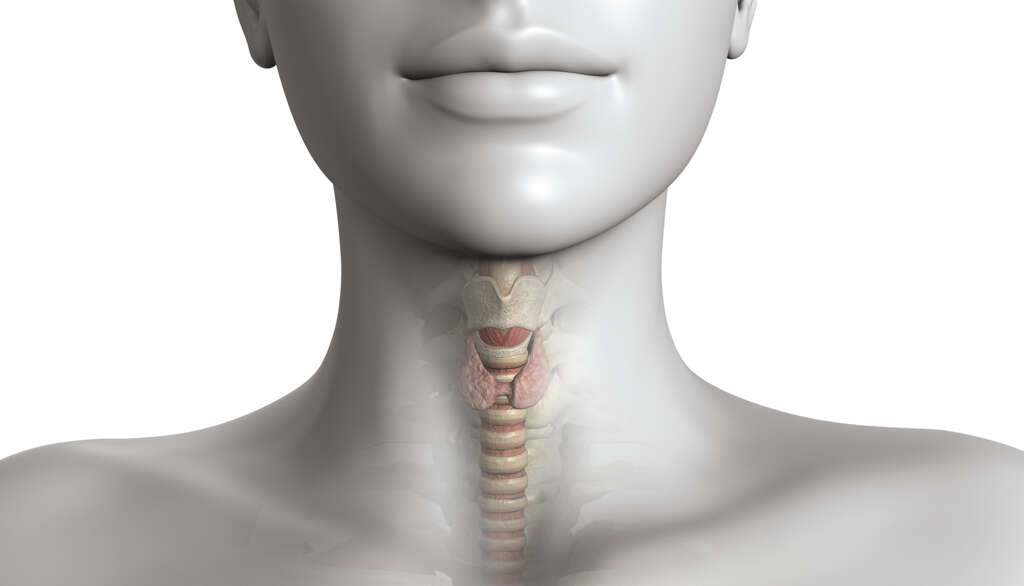
2. Hypothyroidism Causes
There are numerous potential reasons why the thyroid gland might stop functioning as it should do. One potential cause is Hashimoto’s disease, which is an autoimmune condition that causes the thyroid gland to be attacked by the patient’s immune system. In a small number of cases, people are born with a dysfunctional thyroid gland.
Other potential causes include a lack of iodine in the patient’s diet, although this is not common in parts of the world where people have easy access to a balanced diet. Previous surgery or other treatment of the thyroid gland can also lead to hypothyroidism.
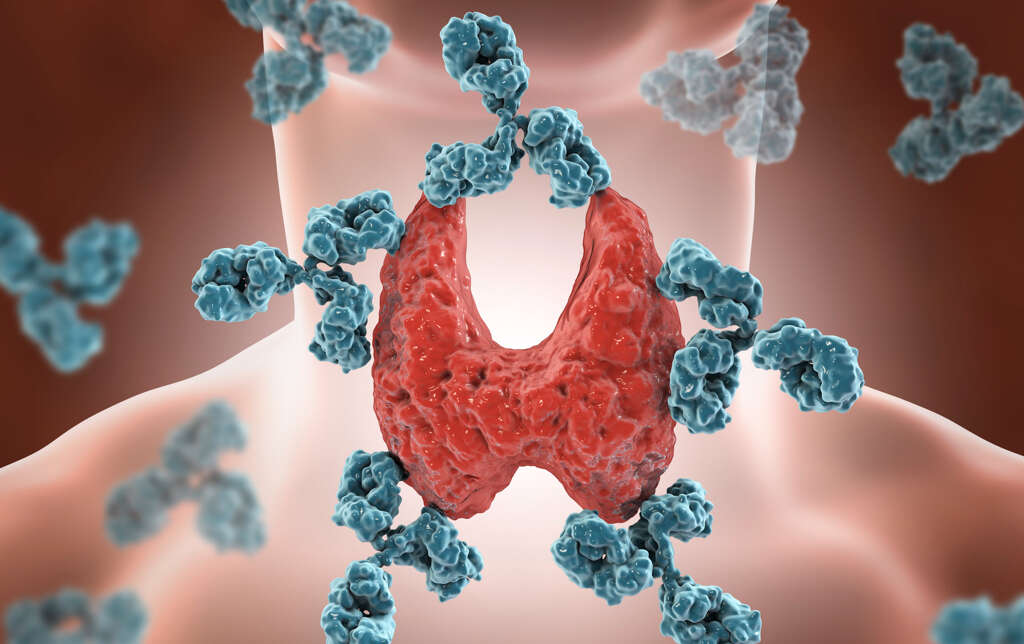
3. Hypothyroidism Symptoms
As mentioned, the thyroid gland has quite an impact on our overall wellbeing. If it is not functioning as it should be then the patient can end up with some very unwelcome symptoms. Perhaps the main symptom is fatigue and lethargy. The patient won’t feel like doing anything and will generally move as little as possible.
The lethargy also carries to the brain and the patient will generally be slow and lazy in their thoughts. Other symptoms include weight gain as less energy is burned off. Constipation is another symptom, as are muscle aches and cramps. The patient can also develop dry skin and a sensitivity to cold.

4. Myxedema
When hypothyroidism reaches an advanced stage, it is known as myxedema. It occurs when severe hypothyroidism has gone untreated for whatever reason. The condition tends to happen in women more often than in men, and older people are more likely to develop it also.
In many cases, myxedema might happen because the patient has stopped taking medication for hypothyroidism. This means it makes sense for some people to be monitored to ensure they take their medication daily. In a lot of other cases, the hypothyroidism may have gone undiagnosed to begin with. The symptoms of myxedema are more severe than those of hypothyroidism.
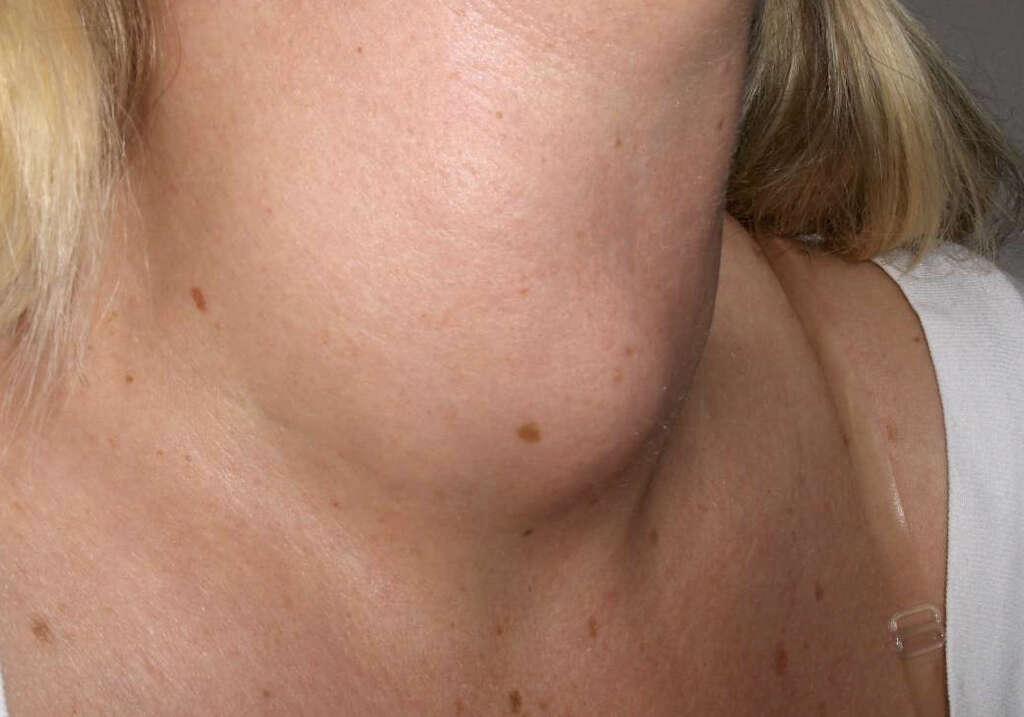
5. Triggers
As mentioned, stopping hypothyroidism medication can result in the patient developing myxedema. There are also other triggers that can cause the condition, one of which is an infection. Infections can affect the gland’s ability to function.
Other possible triggers are sudden problems like a stroke or a heart attack. Too much stress can also be a trigger, as can a trauma of sorts. Cold weather is also a potential trigger, and myxedema is more common during the winter months as a result. It is always wise to observe vulnerable people during cold weather regardless.

6. Myxedema Skin Condition
Myxedema is also the name given to a skin condition that is associated with advanced hypothyroidism. The condition is caused by the depositing of complex mucopolysaccharides (a type of sugar) in the skin. The condition is caused directly by the thyroid condition of the same name.
The skin will become rough and scaly, especially at the extremities. The patient’s soles and palms are likely to be very dry, and the skin will not pit when it has been depressed. When these sugars are deposited in the skin, they will begin to absorb water, and this can cause the skin to begin to swell.
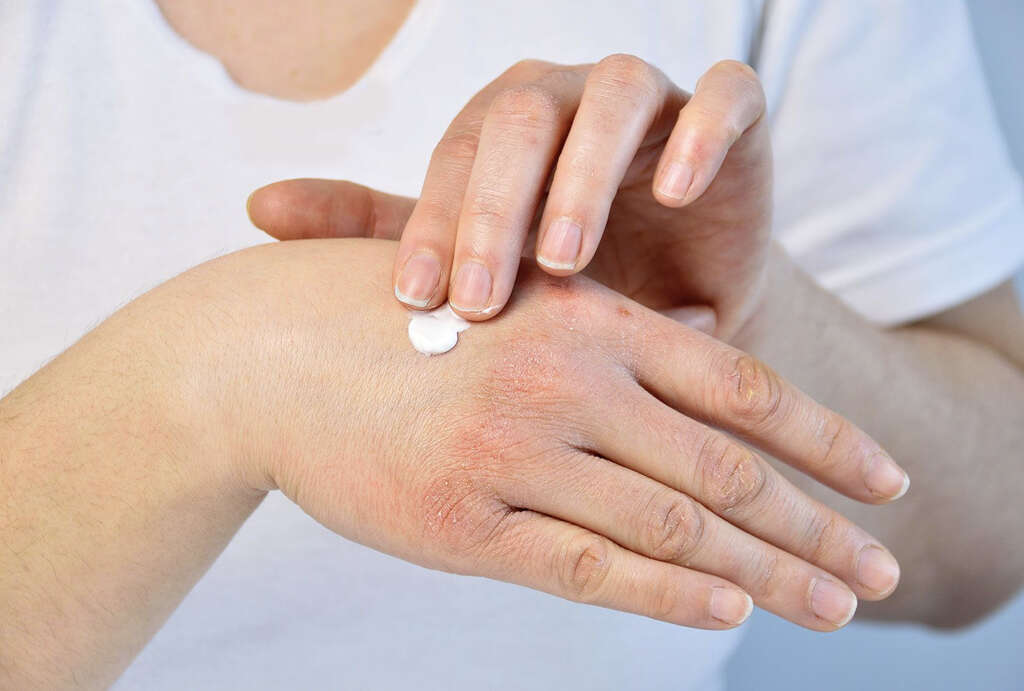
7. Myxedema Coma
Myxedema has the potential to advance even further to a very dangerous condition known as a myxedema coma, or myxedema shock. At this point, the levels of certain hormones in the body are so low that the body begins to struggle to function at all.
The patient can experience severe breathing difficulties and have high levels of carbon dioxide and low levels of oxygen in their blood. They can have a very low body temperature and they can become very confused very easily. The condition can also cause the patient to go into shock. Some will experience seizures, some will go into a coma, and death will also occur in some instances.

8. Who’s At Risk
Myxedema can affect just about anybody, but some people are more likely to develop it than others. Among the most at risk categories are people that have experienced some sort of problem with their thyroid gland in the past. Myxedema is also much more likely to happen in people that already suffer from hypothyroidism.
Elderly, vulnerable people that are unable to care for themselves properly are also more likely to develop the condition. There is also an increased risk of myxedema coma in people that struggle to take care of themselves. If you have recently had an infection or other problem with the thyroid gland then you are also at a higher risk.
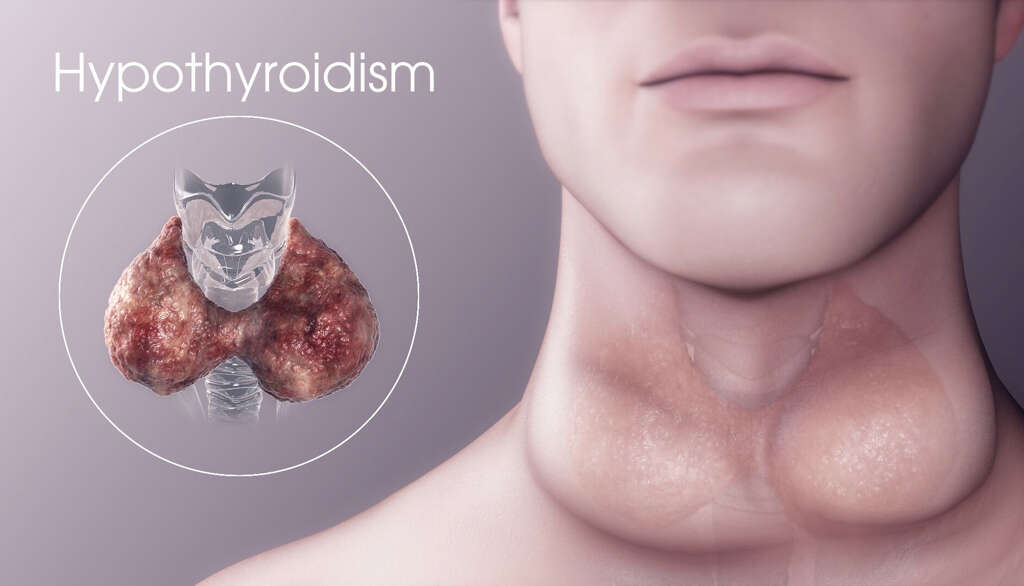
9. Prevention
Many cases of myxedema can be prevented if an existing hypothyroidism problem is treated. This often means hormone replacement medications that can help compensate for the lower levels of certain hormones. This means diagnosing the problem and ensuring the patient gets the medication that they need.
As mentioned, the condition is sometimes caused when people stop taking their medication for whatever reason. Thus, it is a good idea to check in on vulnerable people regularly to ensure they still have medication and that they are taking it. It is also a good idea to help ensure vulnerable people are kept warm, for a number of reasons.
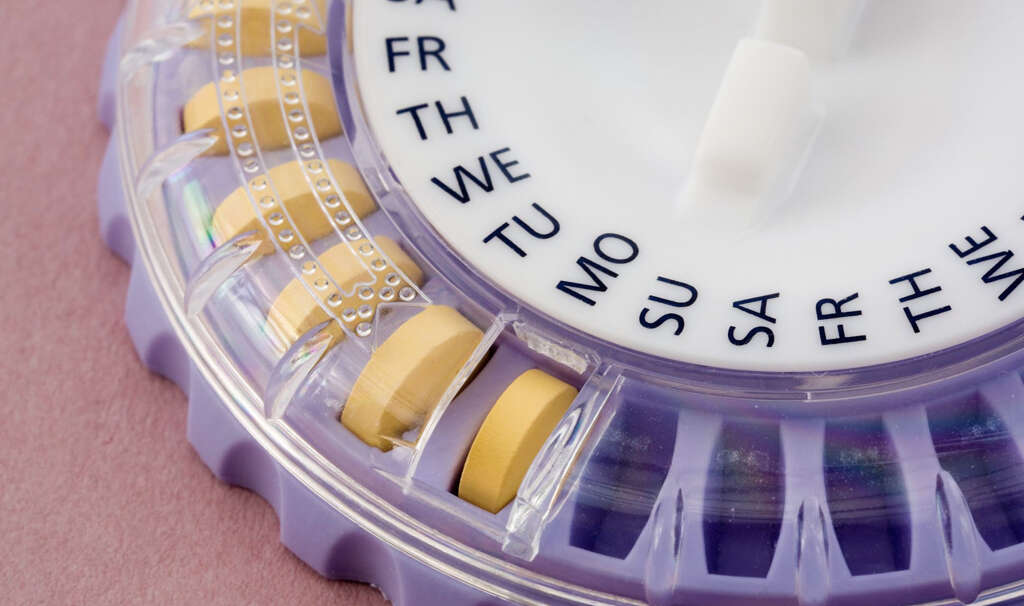
10. Treatment
Treatment for myxedema usually involves replacing lost hormones. This means medication that gives the patient a synthetic variety of T4 hormones. This will help to ease the symptoms but it is not a cure and the patient will likely have to remain on medication for the rest of their life.
Cases of myxedema coma should be taken very seriously indeed and admission to an intensive care unit is likely. The patient will need to be treated so that their symptoms can be managed while also trying to address the underlying cause. A myxedema coma is fatal in many cases, so the patient will need to be found treatment as soon as possible.
